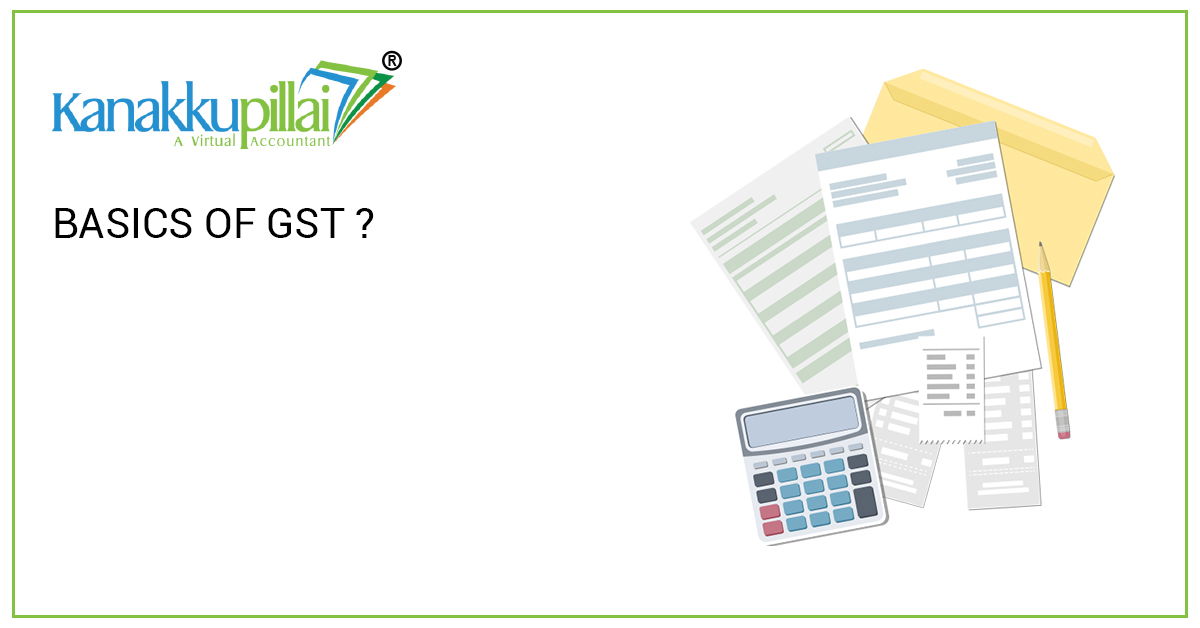GST, which stands for Goods and Services Tax, is an indirect tax introduced by the Government of India to replace various other indirect taxes, including Sales Tax, Service Tax, Excise Duty, and others. GST shall be levied on the supply of certain goods and services and is applicable throughout India.
In the tax regime, we can say that all the players of the market, ranging from the manufacturer to the consumer, should pay GST when they undertake the supply of goods or services on which the same is applicable. The manufacturer will pay GST on the raw materials purchased for production and add value to the product. The wholesaler, distributor, or retailer shall pay GST on the goods purchased from the manufacturer on the value of the product arrived at after such value addition by the manufacturer. Finally, the consumer will buy the goods or avail of the services on which they should be paying the GST as per the applicable rates prescribed by the GST Acts in place.
For example, a textile manufacturer purchases clothing yarns to make shirts, for which he or she pays GST. The manufacturer will then add value to this clothing by stitching it into a shirt, which is then given to a warehousing agent who adds a label, thereby providing another value addition. The warehousing agent then distributes these to the retailer, who pays GST to the agent and subsequently sells the shirts in small quantities to the final consumers, who will also pay GST to the retailer.
As per the two Parliamentary Acts on GST, which include the IGST (Integrated Goods and Services) Act and CGST (Central Goods and Services) Act, all the above-said parties paying GST can set off the same with what they have collected from the other party, enabling them to pay only the net amount rather than the gross amount of tax or GST.
Hence, we can say that GST is a comprehensive, multi-stage, destination-based tax. By taking the same example, say that the manufacturer is in Tamil Nadu. At the same time, the retailer and the final consumers are located in Maharashtra, and the final sale is taking place in Maharashtra. Due to this, the entire tax revenue will now be going to the state of Maharashtra, rather than Tamil Nadu, making it a destination-based tax.
Components of GST
There are mainly 4 (four) types of GST, namely;
- CGST, i.e., Central Goods and Services Tax, is charged for the intrastate supply of goods and services.
- SGST, i.e., State Goods and Services Tax, is charged in addition to CGST on the intrastate supply of goods and services within the state.
- IGST, i.e., Integrated Goods and Services Tax, which is charged on the inter-state supply or the supply of goods and services between two different states.
- UTGST, i.e., Union Territory Goods and Services Tax, levied along with CGST, on the supply of goods and services within any of the Union Territories, including the following:
Andaman and Nicobar Islands, Daman and Diu, Dadra and Nagar Haveli, Lakshadweep, and Chandigarh.
Registration of GST
The following entities and individuals should register for GST or Goods and Services Tax, namely:
- Individuals who have taken registration before the introduction of the GST law,
- Business entities that are earning turnover over and above the threshold specified by the law,
- Non-resident individuals who are paying taxes,
- Agents of input service distributors and suppliers,
- Individuals who are liable to pay tax as per the Reverse Charge Mechanism,
- Individuals who supply through e-commerce aggregators and
- E-commerce aggregators.
So, we can say that any assessee, corporate or non-corporate, eligible under GST must register under the GST Law through the GST portal powered by the Government of India. The registered entities will be awarded a unique GST registration number, known as the GSTIN (GST Identification Number), which will be based on the PAN of the assessee. Each assessee is eligible for one registration in one state.
Once the registration has been taken by the business houses or any other assessee for that matter, the filing of proper GST Returns as contemplated by the CGST Act and the GST Law along with the availing of ITC and payment of any taxes, fines or penalties should be complied with by the suppliers or any other person registered.
Threshold Limits of Turnover for Obtaining GST Registration
Upto Mar31st 2019
For the sale of Goods/supply of services
For Normal Category States – Rs. 20Laks
For Special Category States – Rs. 10Laks
From 01st Apr 2019
For Sale of Goods
For Normal Category States – Rs. 40Laks
For Special Category States – Rs. 20Laks
For Supply of Services
For Normal Category States – Rs. 20Laks
For Special Category States – Rs. 10Laks





